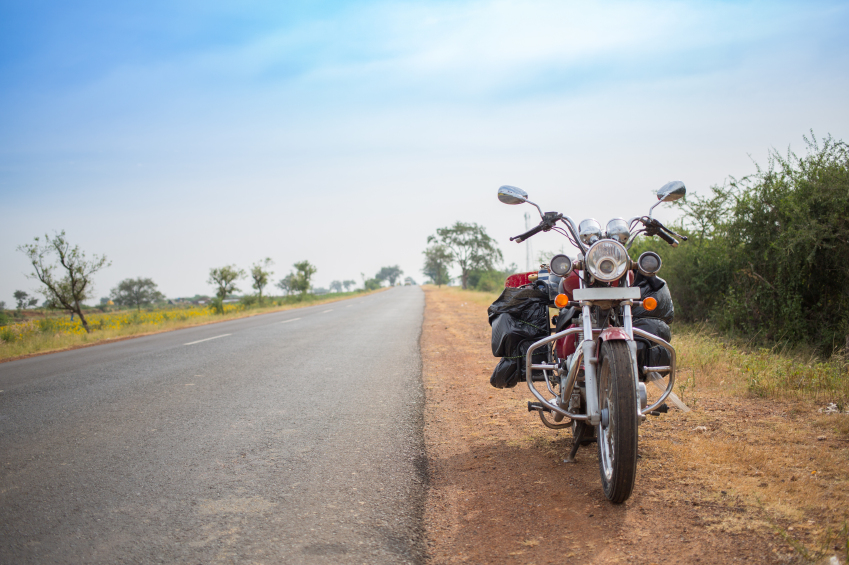Rick was a maintenance man at the plant, dependable and gregarious, with a healthy sense of humor; he was well-liked by co-workers. Outside work, Rick loved his three-year-old daughter, and building his own racing motorcycles.
 |
One day, on his way to work, Rick was showing off his bike to the man stopped next to him at a red light. When the light changed, Rick took off, showing off his bike’s amazing speed. The driver pulling out of a parking lot just a few hundred feet ahead never saw him, and at the speed Rick was traveling when they collided, his helmet wasn’t enough to save him.
As health and safety professionals, we think in terms of sending workers home safe and well—not about going to their co-workers at the beginning of a shift and saying, “Rick’s not going to make it in today…there’s been an accident…” That doesn’t make it any less devastating when it happens.
May is Motorcycle Safety Month, sponsored by the National Highway Traffic Safety Administration (NHTSA). Take a moment this month to refresh the safety awareness of all of your drivers, and of your workers who commute by motorcycle.
Reminder for All Motorists
NHTSA reminds all motorists to safely “share the road” with motorcycles, and to be extra alert to help keep motorcyclists safe.
Reminders for Motorcyclists
NHTSA reminds motorcyclists to stay safe by:
- Being visible. Motorcyclists have a responsibility to make themselves visible to other motorists. Riders should use headlights day and night, and wear light-colored or reflective clothing on the upper body. In particular, riders should avoid riding in the “blind spots” to the left and right rear of passenger and commercial vehicles.
- Being aware. Most collisions occur at intersections, so riders must be especially careful when approaching road crossings. They should be aware of shrubbery, buildings, parked vehicles and other obstacles that can prevent approaching motorists from seeing them.
- Being sober. According to NHTSA, research shows that the percentage of intoxicated motorcycle riders in fatal crashes is greater than the overall percentage of intoxicated drivers on the road.
- Being licensed. One-quarter of motorcyclists who are killed in crashes do not have a valid motorcycle operator’s license. The licensing process helps ensure that riders, especially new operators, are familiar with the specific operating characteristics of motorcycles. All motorcyclists should hold a valid motorcycle operator’s license.
- Being properly dressed. Riders should always wear a helmet and eye protection. In addition, in minor crashes the most likely injuries are skin abrasions, so riders should wear long fitted pants, long sleeved jackets and gloves made from leather or protective synthetic materials to protect the skin. Leather boots or shoes with ankle protection are best for protecting the feet; shoes with laces are a poor choice, because the laces can become entangled in the bike.
For more advice on keeping motor vehicle operators safe, turn in to Safety.BLR.com.
